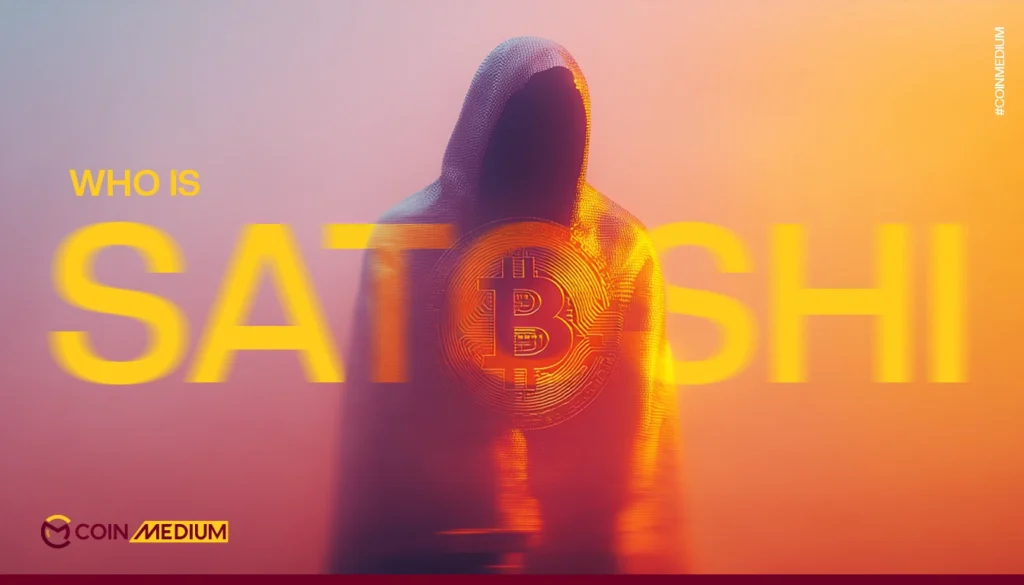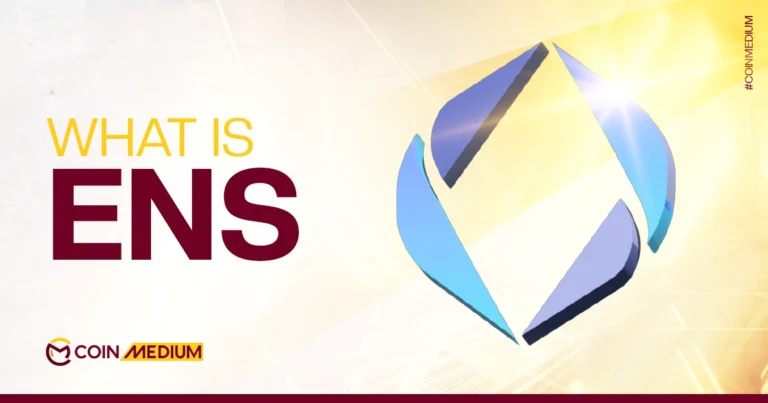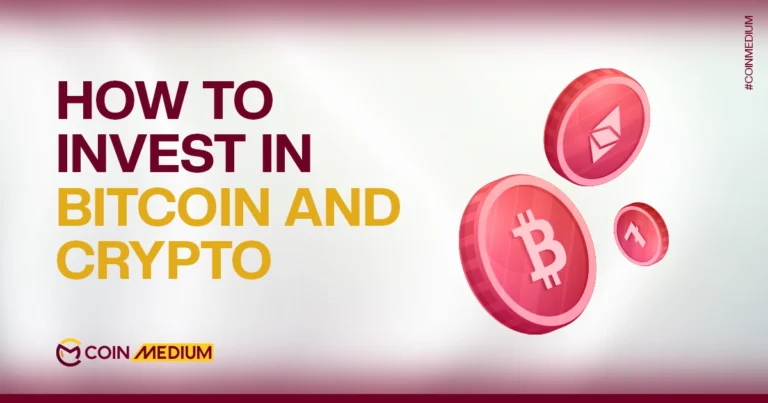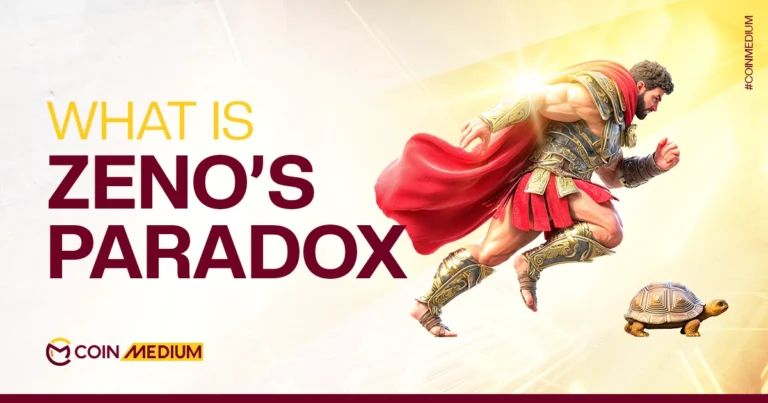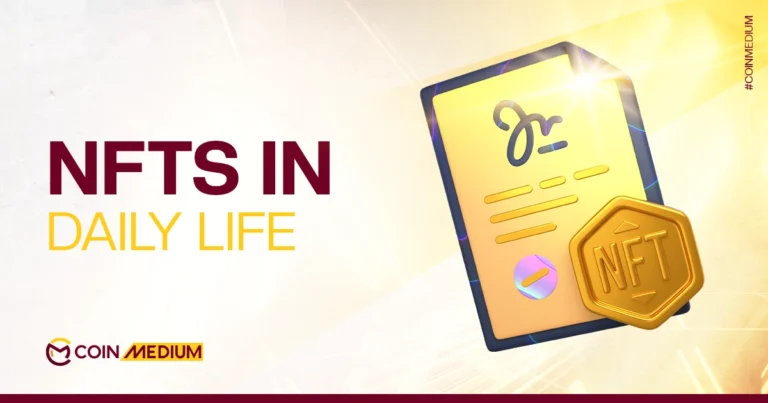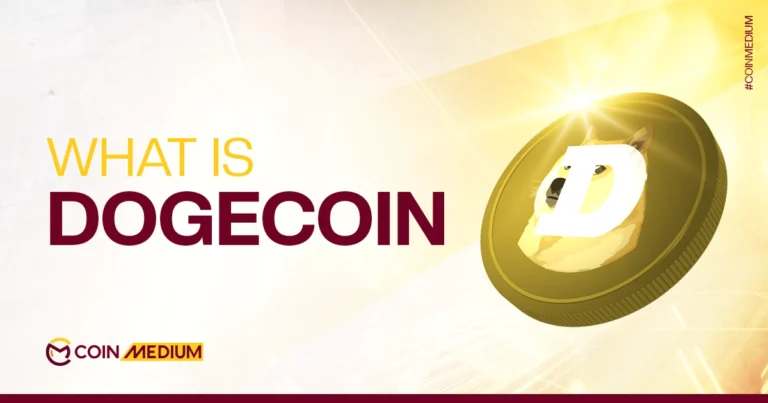- How did Satoshi Nakamoto, the creator of Bitcoin, become the world’s biggest mystery by disappearing?
- Which Individuals have been considered as Satoshi and why?
- How did Satoshi’s disappearance contribute to the decentralization of Bitcoin’s network and its credibility as well as success?
- What evidence exists about Satoshi’s possible identity, and why has it remained unconfirmed for so long?
- Why is Satoshi’s untouched Bitcoin fortune significant to Bitcoin’s legacy and investor trust?
Sixteen years ago, someone using the name Satoshi Nakamoto changed the world forever. He created Bitcoin and launched a financial revolution, and then disappeared into thin air. Today, his identity remains one of the world’s biggest mysteries, and his untouched Bitcoin fortune is worth billions of dollars.
The Bitcoin Revolution began in 2008 on Halloween, when Satoshi sent a simple email to a cryptography mailing list. Attached to the email was a nine-page document called ‘Bitcoin: A Peer-to-Peer Electronic Cash System’. The timing was perfect as the world was reeling from the worst financial crisis since the Great Depression, and people had lost faith in banks.
The paper described something that seemed impossible at that time: digital money that worked without banks, governments, or any central authority. Three months later, on January 3, 2009, Satoshi proved he wasn’t just a dreamer. He launched the Bitcoin network by mining the first block of transactions, called the Genesis Block. In this block, an encrypted message read: “The Times 03/Jan/2009 Chancellor on brink of second bailout for banks.” Many see this as a clear reference to the 2008 financial crisis and a critique of government bailouts. It’s widely believed to reflect the motivation behind Bitcoin’s creation — offering a decentralized alternative to the traditional banking system.
Building Bitcoin’s Foundation Bit By Bit
Satoshi didn’t just create Bitcoin and walk away. For the next two years, he worked hard to build and improve the system. He wrote thousands of lines of code, fixed bugs, and answered technical questions from curious programmers and early adopters.
Most of this work happened on Bitcointalk, the online forum that became Bitcoin’s unofficial headquarters. Satoshi posted hundreds of messages there, explaining how Bitcoin worked and discussing improvements with other developers.
According to industry players, his posts showed that he had deep knowledge of cryptography and economics. “Bitcoin is a peer-to-peer electronic cash system,” Satoshi wrote in one early post. “The network timestamps transactions by hashing them into an ongoing chain of hash-based proof-of-work, forming a record that cannot be changed without redoing the proof-of-work.”
The Vanishing Act That Didn’t Prove Fatal
By 2010, Bitcoin was growing beyond Satoshi’s control. More developers had joined the project, and the community was becoming self-sufficient. According to industry observers, seeing these developments, Satoshi began stepping back, gradually handing over the reins to other trusted developers, especially Gavin Andresen, who became Bitcoin’s lead developer.
In April 2011, Satoshi sent his final message to the crypto world. In a private email to Andresen, he wrote: “I’ve moved on to other things.” After that, nothing was heard from him. He ceased all public communication, including posts on the Bitcointalk forum and code contributions, thereby disappearing from the Bitcoin community.
What makes Satoshi’s disappearance even more remarkable is the fortune left behind. Researchers estimate he holds roughly one million Bitcoin, worth tens of billions of dollars today, which have remained untouched in different wallets for over a decade.
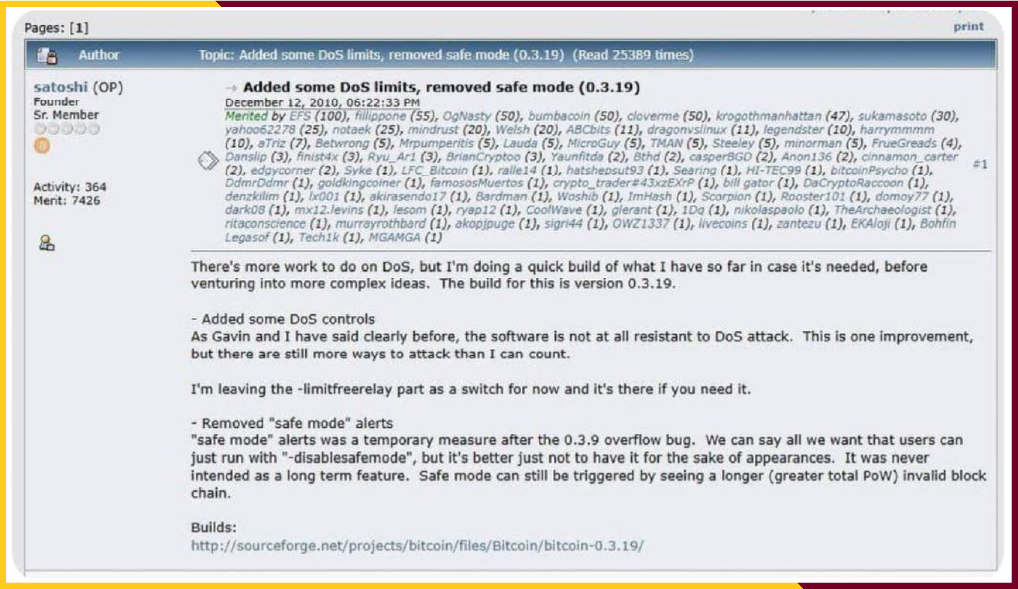
The Never-Ending Manhunt
His disappearance triggered one of the internet’s longest-running investigations. Crypto detectives, journalists, and many curious followers have spent years trying to find Bitcoin’s creator. They’ve analyzed writing styles, studied coding patterns, and traced digital footprints, but the mystery remains unsolved.
Over the years, several individuals have been suspected of being Satoshi, with Nick Szabo frequently cited by researchers and analysts as a possible candidate due to his work on Bit Gold and similar writing style. Szabo has the technical skills and libertarian philosophy that align with those of Bitcoin’s creator. However, Szabo has consistently denied being Satoshi.
Hal Finney was another individual suspected of being Satoshi. He was the first to receive a Bitcoin transaction from the creator. A skilled cryptographer and cypherpunk, Finney lived near a person named Dorian Nakamoto, prompting speculation that he used his neighbour’s name as a pseudonym. Finney denied being Satoshi before he died.
In March 2014, Newsweek published an article identifying Finney’s neighbour, Dorian Nakamoto, as the potential creator of Bitcoin. The article cited his technical background, including work in classified engineering projects and computer systems, and his birth name, Nakamoto, as evidence supporting the claim. However, Dorian denied any involvement with Bitcoin. The real Satoshi even broke their silence on Bitcointalk briefly to deny this connection.

Craig Wright, an Australian computer scientist and businessman, has also asserted that he is Satoshi. However, the crypto community widely disputes his claim, largely because he has not produced the cryptographic evidence necessary to conclusively prove he is the creator of Bitcoin.
Some investigators believe Satoshi might not be one person at all, but a group of collaborators working under a shared pseudonym. The breadth of knowledge required to create Bitcoin, starting from cryptography, economics, to distributed systems, might be too much for any one individual.
Clues That Go Cold in the Digital Dark
Satoshi has left behind thousands of digital traces, but they all lead to dead ends. His English writing shows British spellings and phrases, suggesting UK origins, but this could have been deliberate misdirection. His posting times on forums suggested someone living in a timezone spanning from the UK to the U.S. East Coast.
Programming experts have scrutinized Satoshi’s distinctive coding style and technical preferences in hopes of uncovering his identity. While the patterns suggest a highly skilled developer, no definitive match has been made.
Be a question, not the answer. It works
Satoshi’s anonymity isn’t just an interesting puzzle, and it’s fundamental to Bitcoin’s success. By disappearing, he ensured Bitcoin couldn’t be controlled or influenced by its creator’s personal views or government pressure. There’s no CEO to arrest, no founder to corrupt, and no single person who can change Bitcoin’s direction.
This absence has made Bitcoin truly decentralized in a way that other cryptocurrencies, with known founders, cannot match. Ethereum has Vitalik Buterin, Dogecoin has its creators, but Bitcoin has only the code and the community.
The untouched Bitcoin fortune adds another layer to the credibility of Bitcoin. Satoshi could have become one of the world’s richest people by selling his coins, but he chose not to. This sacrifice has given Bitcoin a lot of credibility, with investors believing that its creator wasn’t in it for personal gain.
The Legacy Lives On
Today, Bitcoin has grown far beyond what Satoshi probably imagined. Countries have made it legal, major corporations hold it as an asset, and it has spawned an entire industry worth trillions of dollars. The blockchain technology Satoshi invented now powers thousands of applications beyond digital money.
In a world where everyone seeks fame and fortune, Satoshi chose anonymity and left billions on the table. He created something revolutionary and then stepped back to let it evolve naturally.
Whether we ever learn Satoshi’s true identity might not matter anymore. The name has become bigger than any individual, and it represents the power of ideas to change the world and the beauty of creating something valuable without claiming credit.
Satoshi gave humanity a gift and asked for nothing in return. In our age of celebrity and self-promotion, that might be the most revolutionary thing of all.
Frequently Asked Questions
Is Satoshi Nakamoto a billionaire? +
Yes, Satoshi Nakamoto would be a billionaire if he ever claims the Bitcoins that are believed to be in his wallets. It is estimated that Satoshi mined around 1 million Bitcoins in the early days of the Bitcoin network. At today’s prices, Satoshi would be worth tens of billions of dollars. However, those coins have never been moved.
Is Satoshi Nakamoto still active? +
The creator of Bitcoin stopped communicating publicly in 2010, two years after releasing the Bitcoin whitepaper and launching the network. Since then, there have been no verified messages, transactions, or appearances from him.
Can Satoshi Nakamoto destroy Bitcoin? +
He cannot destroy Bitcoin as it is open-sourced and is decentralized. That means no single person, not even its creator, controls it anymore. The network is run by thousands of independent nodes and miners globally.
Why is Satoshi Nakamoto anonymous? +
Satoshi decided to stay anonymous, maybe, to avoid legal risk, protect personal safety, uphold Bitcoin’s decentralization, reject fame, and ensure the project outlived its creator.
Will Satoshi Nakamoto ever be found? +
No one knows for certain whether Satoshi will be found. But for now, it is unlikely that he will ever be identified. Still, that hasn’t stopped many from continuing the search for him.
Where did Satoshi Nakamoto live? +
No one knows where Satoshi lived. It is part of the mystery. He left digital clues, but all proved to be dead ends for people searching for him. British spelling and posting times hint at UK or U.S. East Coast origins. But nothing has been ever proved.
When was Satoshi Nakamoto’s last publication? +
Satoshi’s final forum post was in December 2010 on the BitcoinTalk forum, where he discussed technical updates. His last communication was in April 2011, when he sent his final message: “I’ve moved on to other things.”



